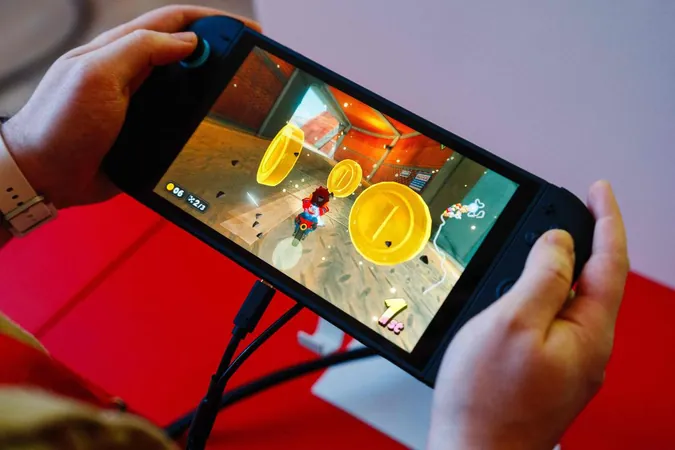
Unlocking the Secrets of Remote Work: How Singaporeans Are Redefining Their Routines!
2025-01-13
Author: Sarah
SINGAPORE: In an intriguing discussion sparked by a netizen on an online forum, many people shared their personal experiences with working from home (WFH). The original post posed the question, "For those who work from home, what’s your typical routine like?” This opened the floodgates for a variety of responses that reveal the diverse ways individuals manage their work-life balance.
One user described their routine, stating that they typically work for about two to three hours in the morning, followed by a restorative lunch and a refreshing nap before returning to work for another two hours. This blend of productivity and self-care appears to be a common theme among remote workers, illustrating that efficiency doesn't solely come from long hours at the desk.
Responses varied widely, with another user sharing their unique approach: “I log in at 8:55 am, just to show that I’ve started,” they noted. Their routine includes catching up on house chores or squeezing in a workout until 11 am, followed by email replies until noon. Interestingly, they mentioned concluding their official workday around 3 pm but engaging in some clever tactics to maintain an illusion of being online until 6 pm—a scenario echoed by many WFH employees who feel the need to demonstrate productivity even when the work is done.
A software engineer chimed in with their routine, starting the day at 10 am—typical for those without early meetings. They outlined their day as a rollercoaster of productivity, with moments of distraction and contemplation about life creeping in, especially during afternoons. This relatable struggle illustrates a common challenge for remote workers: staying focused in the comfort of their homes.
On a reflective note, another participant expressed gratitude for the comments in the thread, which reinforced their desire to work from home. “I realized how much time is wasted commuting and pretending to work during downtime,” they said. With current policies only allowing one day of WFH, they lamented the inefficiency of traditional office routines.
Overall, the insights shared by Singaporeans reveal a broader trend: remote work is more than a temporary shift; it’s a potential long-term arrangement that could enhance work-life balance and personal efficiency. As the world continues to adapt to this new norm, it might be time for companies to reconsider their stance on remote work and embrace the flexibility it offers.
Could this be the future of work? One thing is clear: the WFH movement is not just a trend but a transformative shift in how we approach our daily routines and productivity.





 Brasil (PT)
Brasil (PT)
 Canada (EN)
Canada (EN)
 Chile (ES)
Chile (ES)
 Česko (CS)
Česko (CS)
 대한민국 (KO)
대한민국 (KO)
 España (ES)
España (ES)
 France (FR)
France (FR)
 Hong Kong (EN)
Hong Kong (EN)
 Italia (IT)
Italia (IT)
 日本 (JA)
日本 (JA)
 Magyarország (HU)
Magyarország (HU)
 Norge (NO)
Norge (NO)
 Polska (PL)
Polska (PL)
 Schweiz (DE)
Schweiz (DE)
 Singapore (EN)
Singapore (EN)
 Sverige (SV)
Sverige (SV)
 Suomi (FI)
Suomi (FI)
 Türkiye (TR)
Türkiye (TR)
 الإمارات العربية المتحدة (AR)
الإمارات العربية المتحدة (AR)